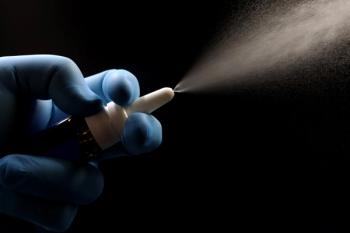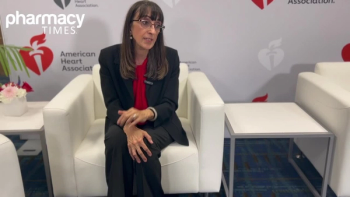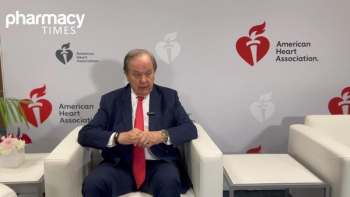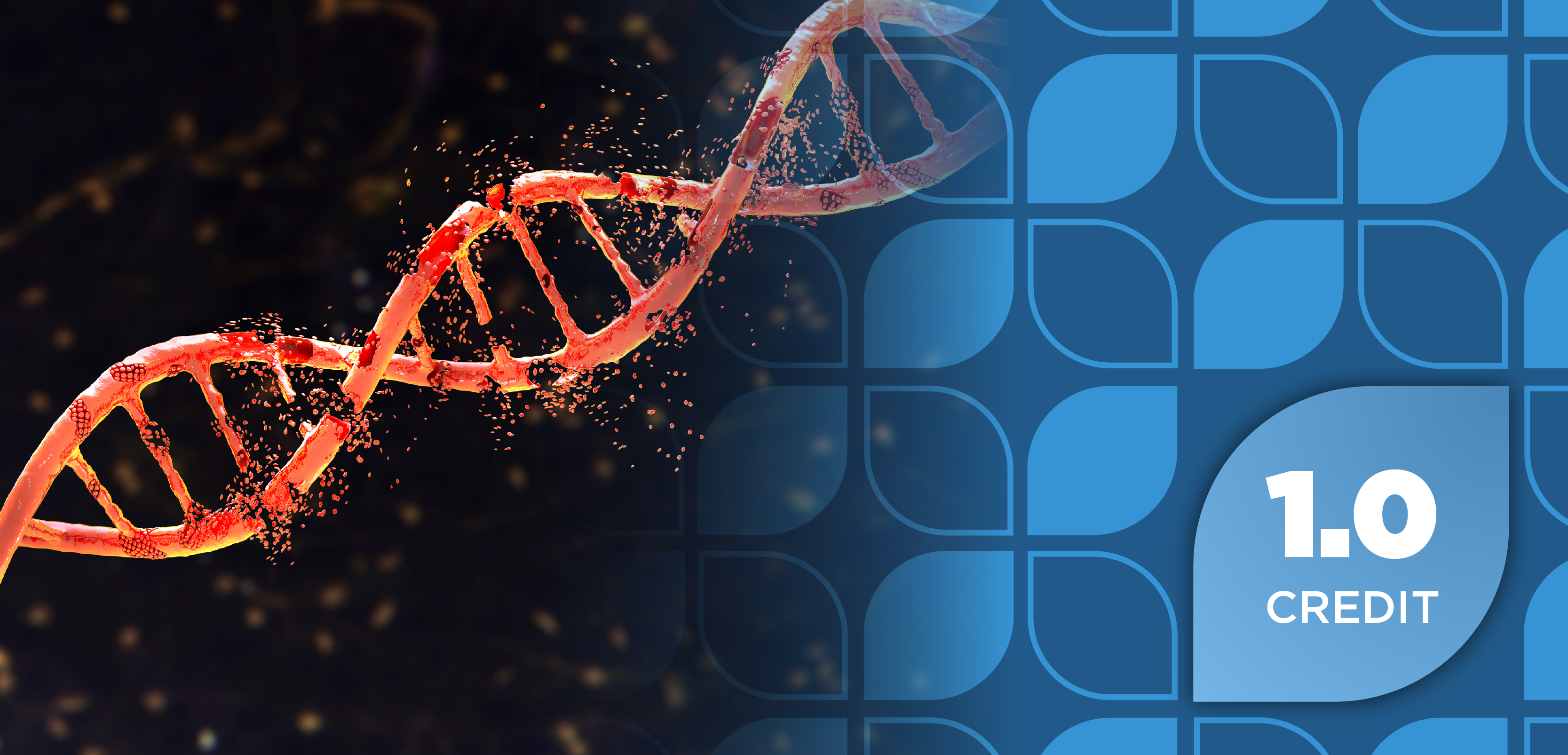
Psychedelic Group Therapy Expands From Cancer Care to Treat PTSD in Active Duty Military
Manish Agrawal, MD, discusses the expanding influence of his group-based psychedelic therapy model in oncology and beyond, highlighting its adaptation in military posttraumatic stress disorder (PTSD) research, the sustained benefits of long-term patient integration, and growing institutional interest in psychedelic-assisted therapy.
As psychedelic-assisted therapy continues to gain traction in oncology and palliative care, Manish Agrawal, MD, remains a central figure in advancing clinical research and therapeutic innovation. In this interview with Pharmacy Times®, Agrawal, cofounder and CEO of Sunstone Therapies, reflects on the growing adoption of the group therapy model he helped pioneer—originally implemented in community cancer centers using simultaneous psilocybin administration—and its adaptation in new populations and settings, including a Department of Defense (DOD) study investigating MDMA for posttraumatic stress disorder (PTSD) in active duty members of the military. He also shares insights into the long-term impact of posttrial group integration, the evolving perception of psychedelic therapies among oncology professionals, and the increasing involvement of leading cancer centers, such as Dana-Farber Cancer Institute (Dana-Farber), in psychedelic research.
Pharmacy Times: Has the
Manish Agrawal, MD: One new setting that is going to be adopted is there's a [Department of Defense (DOD)] study with Aaron Wolfgang, MD, where they'll be using the same approach, using MDMA for PTSD in active duty military. So, it's very similar to our study and our approach, really—it's 4 participants at a time simultaneously with group prep and integration. It's really modeled after our cancer study, and it is in a different population—active duty—[and uses] a different molecule—MDMA, instead of psilocybin—but everything else about it is very similar.
Then there are other groups that are starting to look at—part of our pioneering was the group approach, but also it was 1:1 therapist with 1 [person supervising]. So, variations of that have started to trickle out where there's one therapist in the room and the other one doesn't necessarily have to be in the room, but available by video and watching remotely. So other parts of that have been taken up as well.
Pharmacy Times: What lessons have emerged from the patients who continued to meet monthly after the trial ended? Have you formally studied or published on these long-term group effects?
Agrawal: So that's been a really exciting and interesting part of our study. The first study’s formal study period ended at 8 weeks, but participants wanted to continue to meet, and so they've met monthly now for more than 3 years, and it's been so interesting to see that group evolve and progress. So, as each cohort finishes and they finish the study, they have an option to join that. Now, we have a range of people who have been treated 3 years ago to 3 months ago, and 2 different studies, and it's really amazing to see the connection that they share and how much growth there continues to be. So, I'm more convinced than ever of the value of group innovation, well beyond psychedelic treatment, as an ongoing important support for people.
Pharmacy Times: Has the perception of psychedelic-assisted therapy among oncology professionals shifted since you first began presenting at American Society of Clinical Oncology (ASCO) and other conferences?
Agrawal: When we did the first study, it was really the first time that many oncologists or people had heard about psilocybin or were aware of this as a possibility. Now, the conversation is different in that they've generally heard about psilocybin or heard about psychedelic-assisted therapy, whether it's the news or a publication or a friend or family or politics, so it's not "I've never heard of this before," as much as, "Oh, okay, I've heard about it, but tell me more," because I don't really—it's usually a superficial understanding. They haven't delved deeply into it, but it's not the first time they've ever heard about psychedelic-assisted therapy for [patients with cancer]. So that's really a change, so they've already heard about it, and they're curious, and then to provide more detail is really beneficial.
Going back to the other question you'd asked, in terms of long term—we do have a publication coming out this month that will highlight the results from a 24-month follow-up of patients from the first study who continued on the group integration with us, which looks to be promising, and I hope to be able to share that those results with you soon.
Pharmacy Times: Are you seeing more institutional interest or collaboration from cancer centers or professional oncology organizations?
Agrawal: Absolutely. I mean, now Dana-Farber, for example, just completed a study with psilocybin in palliative care. We are going to be part of a multicenter study that's based out of Lundquist Institute at [University of California, Los Angeles] and we’ll be the East Coast site for a multicenter study looking at psilocybin vs ketamine in demoralization. And so that's multiple cancer centers at this point.
Reunion Neuroscience is going to be launching a study using their compound RE104 for treatment of adjustment disorder in cancer patients, and that's going to be a multicenter, multisite study throughout the US. So, that's quite a different landscape than a few years ago, when we were the only people doing a study with psilocybin in [patients with cancer].
Newsletter
Stay informed on drug updates, treatment guidelines, and pharmacy practice trends—subscribe to Pharmacy Times for weekly clinical insights.






















































































































































































































